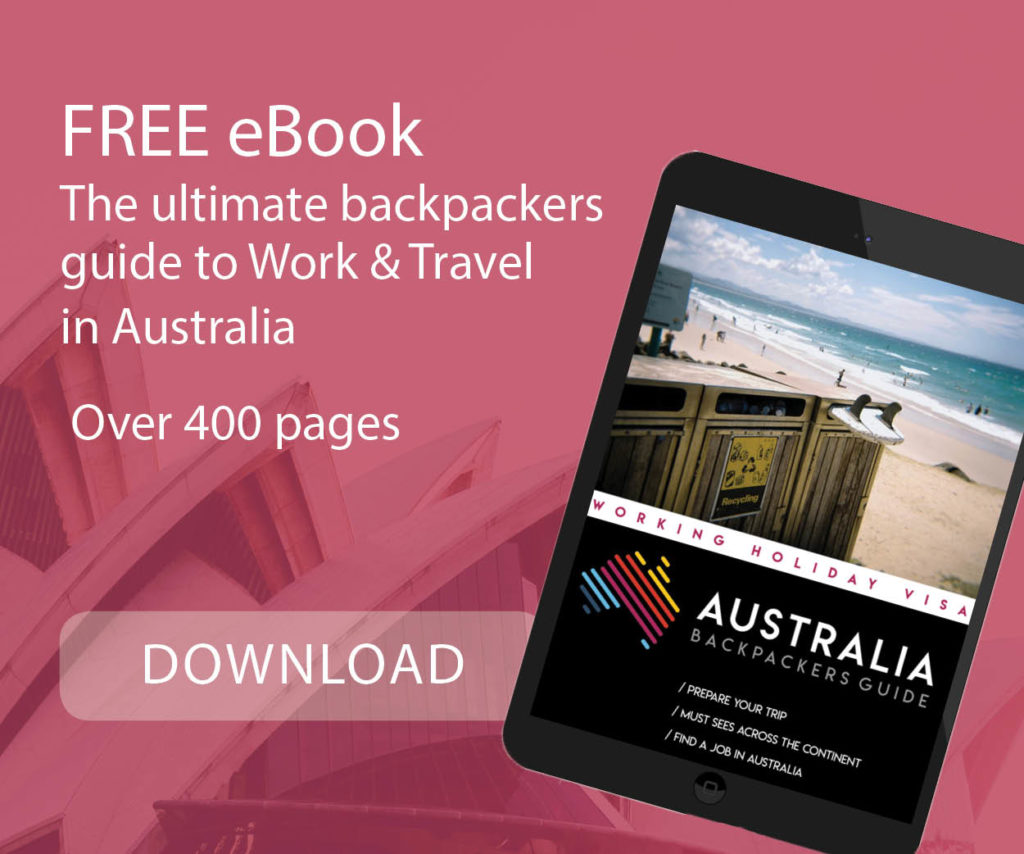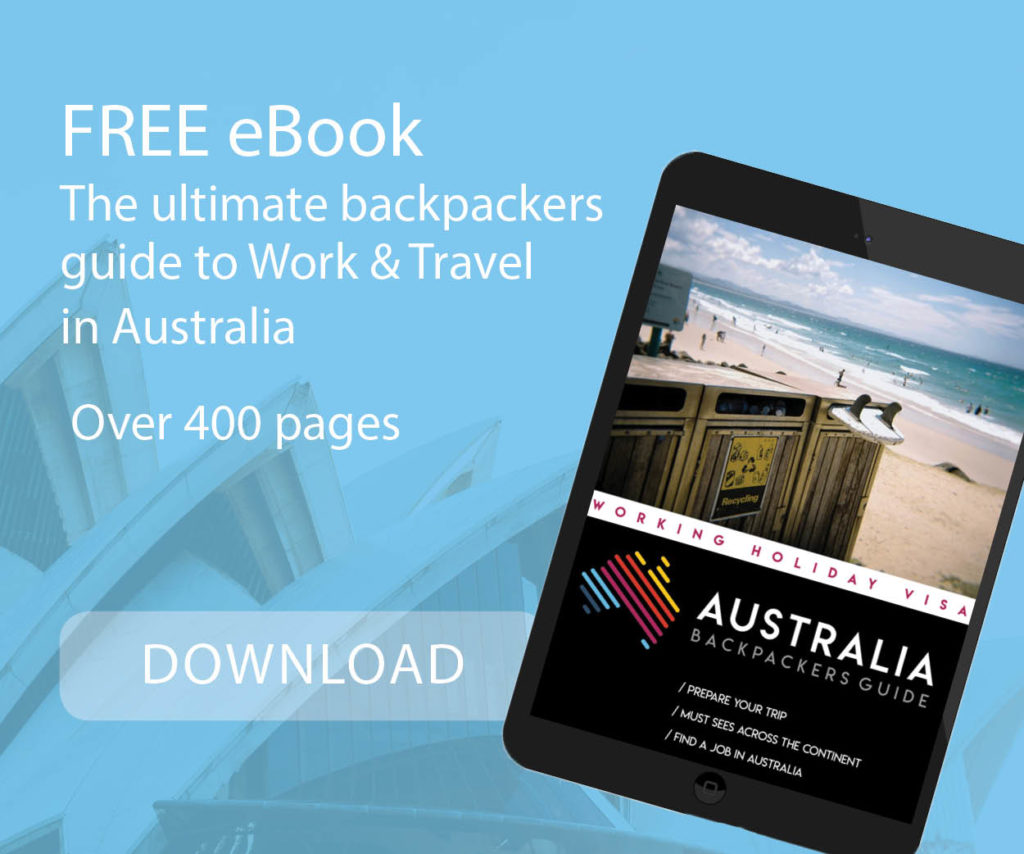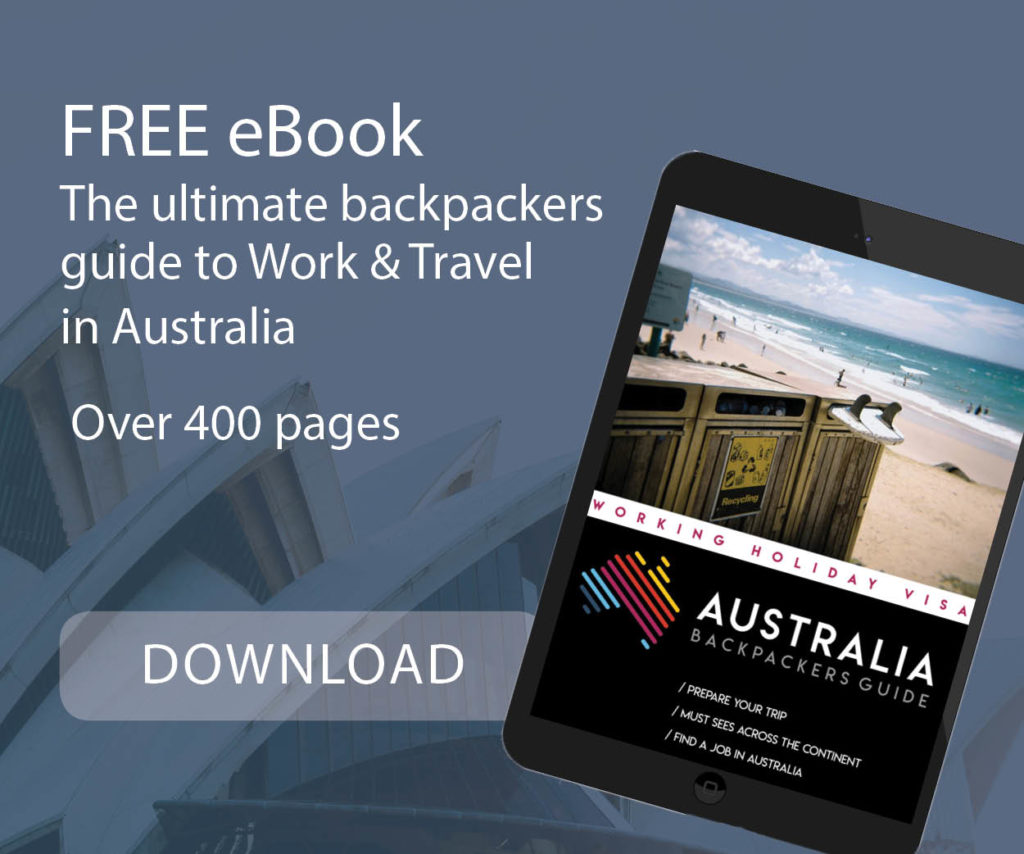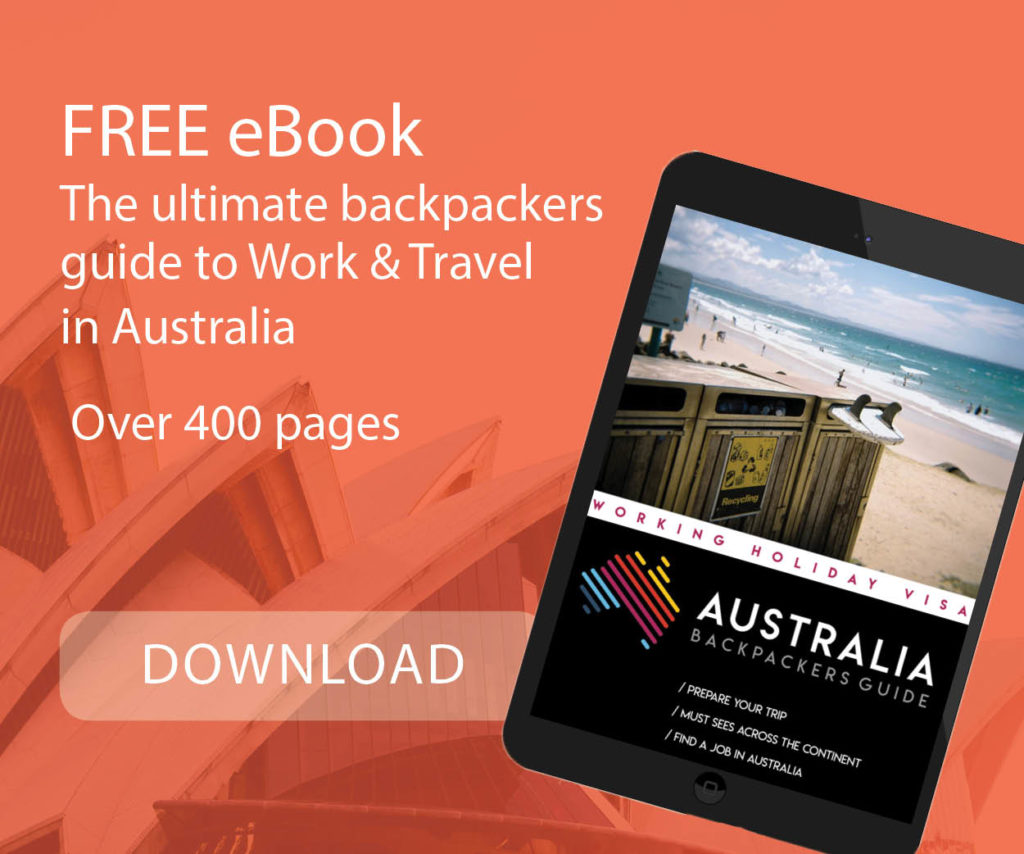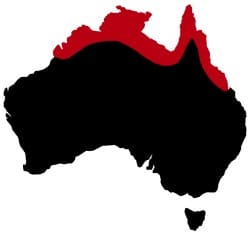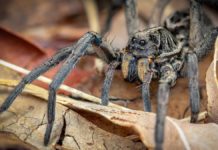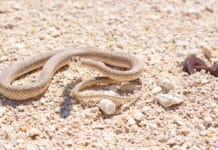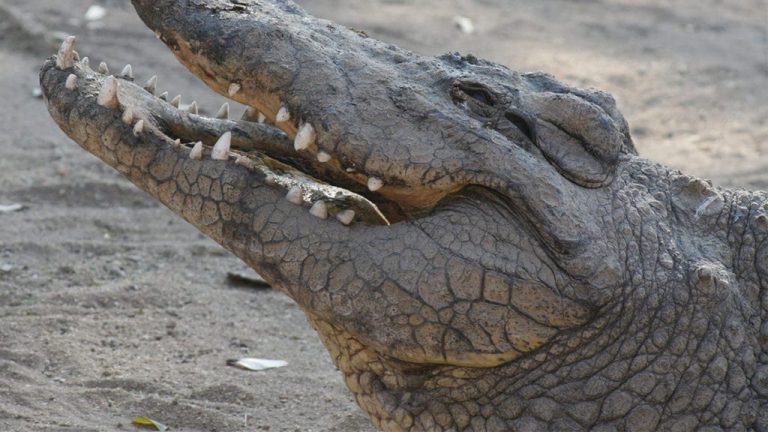
Australia is home to diverse ecosystems and some of the world’s most powerful predators—crocodiles. These ancient reptiles, known for their prehistoric lineage and dominance, thrive in the warm, tropical regions of northern Australia. You’ll find them along the north coast, from Broome (WA) to Rockhampton (QLD), and up to 200km inland.
This guide explores Australia’s crocodile species, their habitats, behaviors, and the conservation efforts in place to protect these incredible yet dangerous creatures.🐊🇦🇺
Table of Contents
Crocodile Species in Australia: Saltwater vs. Freshwater
Australia is home to two crocodile species: the Saltwater Crocodile (Crocodylus porosus) and the Freshwater Crocodile (Crocodylus johnstoni). Each species has unique traits, habitats, and behaviors.
🐊 Saltwater Crocodiles (Salties) – The Apex Predators
✅ Largest & most dangerous crocodile species in Australia.
✅ Found in coastal regions, transitioning between saltwater and freshwater habitats.
✅ Excellent swimmers, capable of traveling long distances across the ocean.
🐊 Freshwater Crocodiles (Freshies) – The Milder Cousins
✅ Smaller & less aggressive, primarily found in rivers, creeks, and lakes.
✅ Rarely pose a threat to humans, but can become aggressive if provoked or during mating season.
The Population of Crocodiles in Australia
The population of crocodiles in Australia is between 100,000 and 200,000 salties and over 100,000 Freshwaters (NT government website). The crocodile population had nearly disappeared in Australia due to poaching. Today, crocodiles are protected and cannot be hunted.
Crocodile Behavior & Diet in Australia
Australia’s crocodiles are powerful hunters, each with distinct feeding habits and behaviors.
🐊 Saltwater Crocodiles – The Ultimate Predators
✅ Apex predators with a diverse diet, including fish, birds, mammals, and even sharks.
✅ Famous for their “death roll”—a spinning motion used to dismember prey.
✅ Highly territorial and extremely aggressive when hunting.
🐊 Freshwater Crocodiles – The Opportunistic Feeders
✅ Mainly feed on fish, amphibians, and invertebrates.
✅ Less aggressive, with a narrow snout adapted for catching smaller prey.
✅ Unlike their saltwater cousins, they rarely pose a threat to humans unless provoked.
Understanding these key differences is essential when exploring crocodile habitats in Australia! 🌿

Where to See Crocodiles in Australia?
Australia’s northern regions are home to both Saltwater and Freshwater Crocodiles, with plenty of opportunities to see them in the wild.
🐊 Spotting Crocodiles in Their Natural Habitat
✅ Saltwater Crocodiles – Found along coastal areas, including estuaries, mangroves, and even the open ocean. Common in Western Australia, Northern Territory, and Queensland.
✅ Freshwater Crocodiles – Prefer rivers, freshwater swamps, and inland waterways, often found further upstream.
📍 Best Places to See Crocodiles
There is a large population of crocodiles living in the Daintree River in North Queensland.
Other places such as Kununurra (WA), Katherine (NT) or Derby (WA) also allow you to observe them if you are lucky!
There is an app that tells you where you can find crocodiles. The QWildlife app is available to download from the Apple store or Google store.
🐊 Spotting Crocodiles in Captivity
Many parks exist in Queensland and the Northern Territory.
- Hartley’s Crocodile Adventures QLD ($45 entry valid for 3 days)
- Crocodylus Park ($44 entry) a few km from Darwin-NT
- Crocosaurus cove in Darwin NT ($38 entry) with the possibility of entering the “Death cage” ($185 pers)
- 🚤 Jumping Crocodile Cruise (Adelaide River, NT) – Get up close to leaping saltwater crocs on a guided boat tour (~$50 per person).
For those passing through Darwin, take a trip to the Museum & Art Gallery of the Northern Territory, where you can see Sweetheart, an estuarine crocodile captured in 1979 which measured 5.5 m in length!

Crocodile Attacks in Australia: Risks & Precautions
Crocodile attacks in Australia are a real and ongoing threat, especially in Northern Australia. While many incidents involve pets or livestock, fatal attacks on humans also occur.
📌 The Saltwater Crocodile is among Australia’s most dangerous predators, responsible for 1–2 human deaths per year.
🚨 Most attacks happen due to human negligence and are often avoidable. Staying informed and following crocodile safety guidelines is crucial when exploring croc-infested waters. Always respect warning signs and never underestimate these powerful reptiles!
Crocodile Attacks in Australia: Tragic Incidents & Close Calls 🐊⚠️
Australia has seen numerous crocodile attacks over the years, some resulting in fatalities, while others ended in miraculous escapes. Here are some of the most notable cases:
🛑 Fatal Crocodile Attacks in Australia
📌 2005 – Three fatal attacks occurred. One man was dragged from his canoe by a crocodile at Lakefield National Park (QLD). Two others were killed while snorkeling in the ocean.
📌 2008 – A man disappeared while camping near the Endeavour River (QLD).
📌 2009 – A tragic attack on an 11-year-old boy at Black Jungle Swamp (Darwin, NT). He was taken by a crocodile while playing near the water.
📌 2013 – A young Frenchman in the Northern Territory survived an attack by punching the crocodile and escaping with his life.
📌 2017 – Two fatal attacks occurred:
- A woman was swept away by a crocodile near Port Douglas (QLD).
- A fisherman was killed near Innisfail (QLD).
📌 2021 – A fisherman went missing while barramundi fishing near Hinchinbrook Island (QLD). His wife alerted authorities when he failed to return. The next day, police found human remains inside a 4.86m saltwater crocodile, which was more than twice the size of his boat.
📌 2023 – A 65-year-old man disappeared at Kennedy’s Bend (QLD). After two days of searching, police euthanized two large crocodiles and found human remains, believed to belong to the man.
📌 2024 – Three fatal attacks recorded, including a 40-year-old man taken at Annan River Bridge (Cooktown, QLD).
😅 Close Calls & Unusual Crocodile Encounters
🐟 A hungry croc stole an Australian fisherman’s catch at Cobourg Peninsula (NT)—turns out, shark was on the menu that night!
🚙 NT Police rescued a group of German tourists stranded on the roof of their 4WD, which got stuck in a crocodile-infested river in Kakadu National Park.
🐕 A 3-meter crocodile attacked Banjo, a staffy in Darwin. The lucky pup escaped with battle scars to impress his dog buddies!
Crocodiles are one of Australia’s most dangerous predators, making awareness and caution crucial when visiting Northern Australia. Stay safe and respect the warning signs! 🚨
How to Avoid the Risk of Crocodile Attacks?
For those living in or visiting crocodile habitats, awareness and caution are vital. Above all, always obey local signs and warnings! ⚠️
- For fishermen: never empty fish nets too close to the water!
- avoid swimming in areas known for crocodile activity (if unsure ask locals)
- Don’t stay near the water for too long.
- If you camp at the edge of the water (watch out for mosquitoes), do not leave food around and do not put your tent too close to the water.
- Be careful at night … avoid pee breaks close to the the water!
- Be aware that crocodiles are more aggressive during the breeding season (from September to May) … so be extra careful during this period!
- During the wet season, crocs are everywhere so be careful. In case of floods, it can put you in a dangerous situation (see German tourists mentioned above!).
Crocodiles in Australia: A Once-Threatened Species
Between 1945 and 1970, crocodiles in Australia faced severe population decline due to hunting for their skins and concerns over human safety. By 1970, fewer than 3,000 saltwater crocodiles remained in the Northern Territory.
In 1971, the species was granted protected status, leading to a remarkable recovery. Today, around 200,000 saltwater crocodiles roam Australia, with one crocodile per resident in the Northern Territory, particularly around Darwin and the Mary River.
However, habitat loss and human-crocodile conflicts continue to pose challenges. To protect both humans and crocs, authorities monitor crocodile populations, capturing and relocating those found in inhabited areas to safer, remote locations.
Thanks to strict conservation laws, both saltwater and freshwater crocodiles are now legally protected, ensuring their survival while managing interactions with humans.
The Real Crocodile Dundees
Before crocodiles were protected in Australia, there were many crocodile hunters.
One of the most famous is William Rodney Ansell, who inspired the famous movie Crocodile Dundee. Rodney rose to fame in 1977 after surviving in the bush for more than two months and for killing a crocodile with his bare hands! More information can be found in his book To Fight the Wild (April 1986).
There was also Steve Irwin, who tragically died in 2006. He founded the Australia Zoo in Queensland. He was also the star of a TV series, “The Crocodile Hunter“. With his strong Aussie accent and outgoing personality, Steve Irwin is still one of Australia’s most famous characters.
John Lever plays a major role in the protection of crocodiles, and founded his own crocodile farm in 1981.
Fascinating Crocodile Facts
🔹 Record-Breaking Giant – The largest saltwater crocodile ever recorded in the Northern Territory measured 6.2 meters and was found in the Mary River during the 1980s.
🔹 Croc-Infested Waters – Most rivers in Northern Australia have about 5 crocodiles per kilometer, but the Mary River (NT) holds the record with 15 crocs per kilometer—the highest density in the country!
🔹 Egg Temperature Determines Gender – A crocodile’s sex is determined by the temperature of its eggs during incubation.
🔹 A Jaw Full of Teeth – Crocs have up to 68 teeth at a time, but they continuously regrow lost teeth, with some replacing over 8,000 teeth in their lifetime!
🔹 World’s Largest Reptile – The Saltwater Crocodile holds the title as the largest living crocodile species and largest living reptile on Earth.
🔹 Ancient Survivors – Crocodiles have been around for over 200 million years, meaning they outlived the dinosaurs!
🔹 Speed & Agility – Despite their bulky appearance, crocs can swim up to 32 km/h and sprint on land at speeds similar to humans—though only for short distances.
🔹 Longevity Champions – In the wild, crocodiles can live up to 70 years, while some in captivity have surpassed 100 years!
Nature’s ultimate survivors, crocodiles continue to dominate Australia’s waterways, blending power, intelligence, and resilience!





